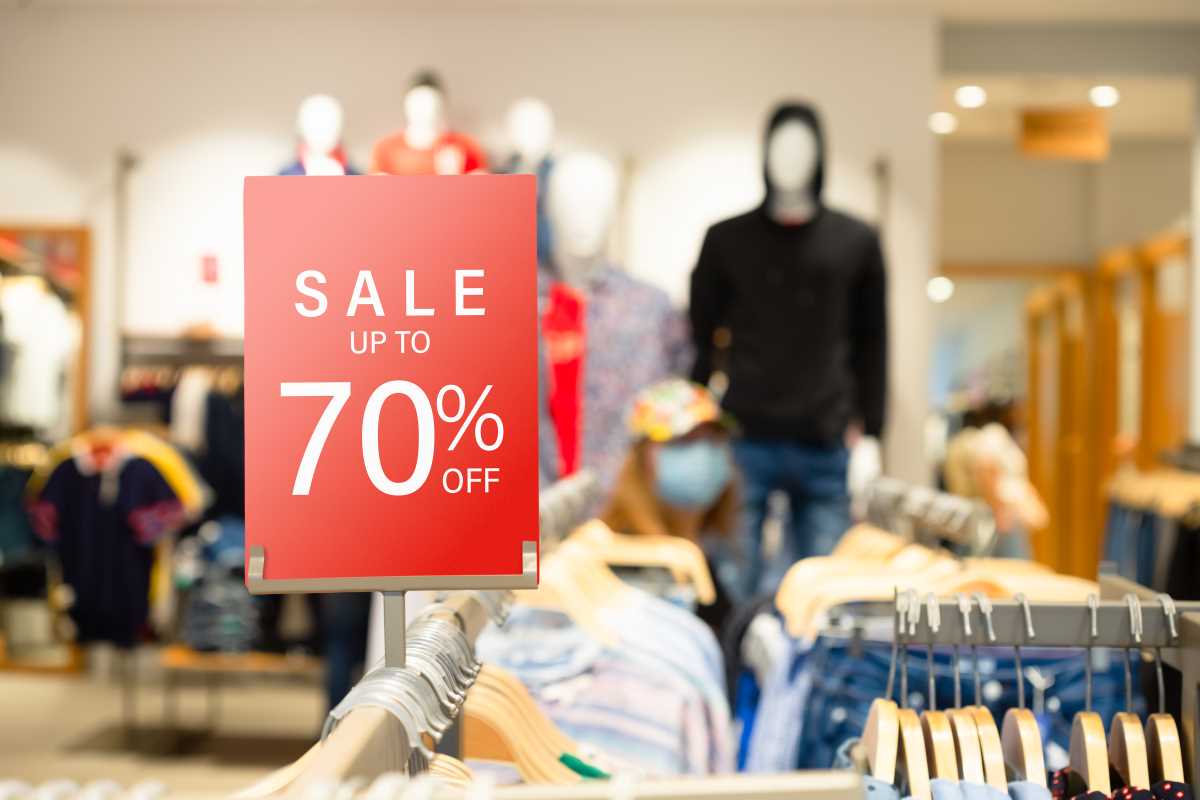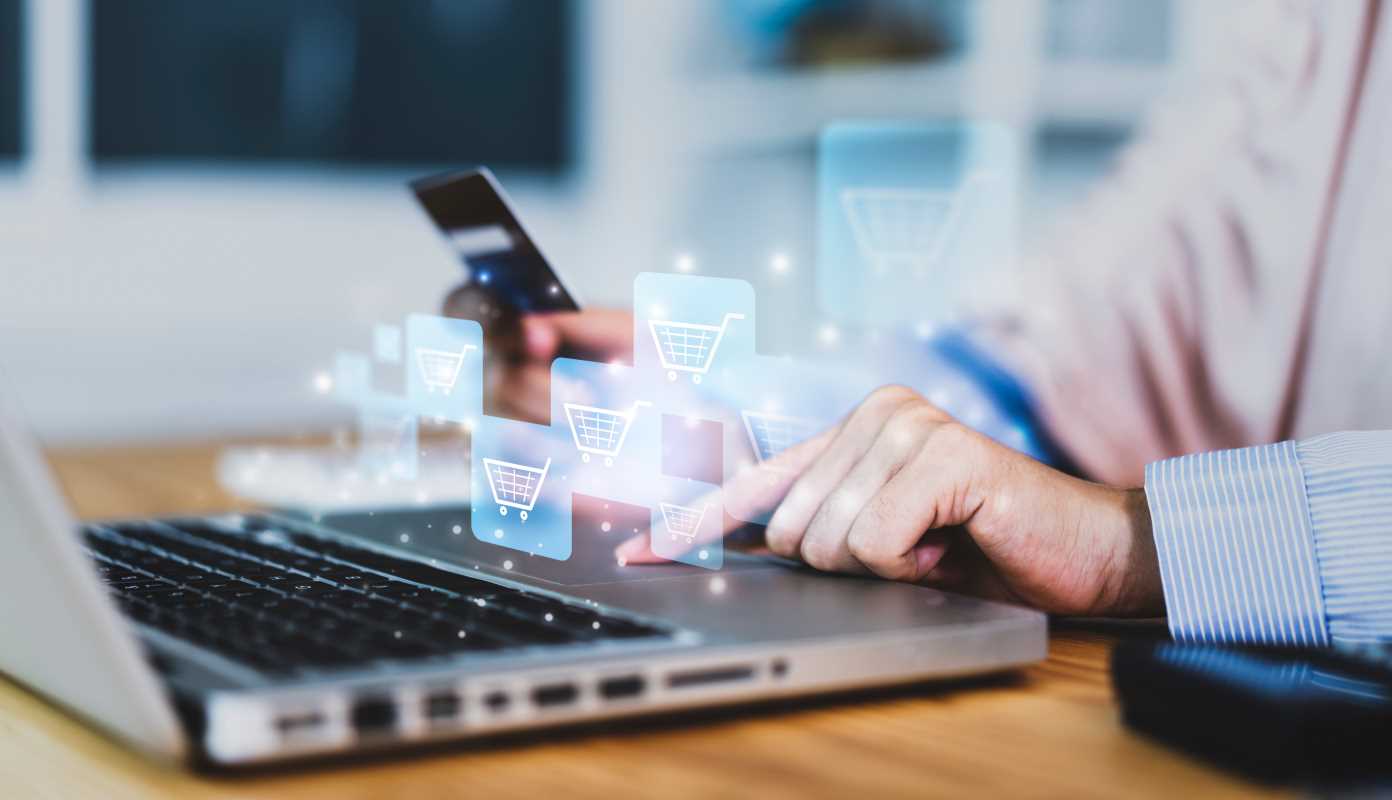The world of e-commerce has evolved at a breathtaking pace, moving from simple online catalogs to sophisticated, data-driven marketplaces. As we look beyond 2025, we are on the cusp of another revolutionary leap. The next frontier of online retail goes beyond just faster shipping or more product options. It is about creating deeply immersive, intelligent, and secure shopping experiences that blur the lines between the digital and physical worlds. Technologies like artificial intelligence, augmented and virtual reality, and blockchain are the building blocks of a new retail paradigm. This shift will redefine how businesses connect with customers and how consumers discover, experience, and purchase goods, making online shopping more personalized and trustworthy than ever before.
The Hyper-Personalization Engine
Artificial intelligence is set to become the central nervous system of future e-commerce platforms. Its most significant impact will be in delivering hyper-personalization at an unprecedented scale. Current personalization efforts often rely on basic data like past purchases and browsing history. The next generation of AI will go much deeper, analyzing complex patterns in real-time to create a shopping journey tailored to the individual's unique tastes, context, and even mood.
Imagine an online fashion store that acts as your personal stylist. The AI on this platform would know your size preferences, favorite colors, and style inspirations. It would also understand the context of your search. Are you shopping for a beach vacation in a tropical climate or a business conference in a cold city? The AI could analyze your social media profiles, calendar events, and even local weather forecasts to curate a personalized collection of outfits. It would show you how a particular dress would look on a digital avatar with your exact body measurements and suggest accessories that match items you already own. This level of predictive personalization will make online shopping feel less like browsing a massive catalog and more like a conversation with an expert who knows you perfectly.
Immersive Commerce
The flat, two-dimensional nature of today's e-commerce websites will soon feel outdated. Augmented Reality (AR) and Virtual Reality (VR) are poised to create immersive shopping experiences that allow consumers to interact with products in a three-dimensional space. These technologies bridge the imagination gap, giving customers the confidence to make more informed purchasing decisions.
Augmented reality will bring the digital showroom into your physical home. With just your smartphone, you can place a virtual sofa in your living room to see how it fits with your existing decor. You could try on a pair of sneakers, seeing how they look on your feet from every angle, or test different shades of makeup on your face without ever leaving your house. Major brands are already experimenting with this. IKEA’s Place app lets you visualize furniture in your space, and Sephora’s Virtual Artist allows for makeup try-ons. Beyond 2025, this technology will become more realistic and widespread.
Virtual reality will take this a step further by transporting you to entirely new shopping environments. You could walk through a fully realized virtual store, browse digital aisles, and pick up products to examine them up close. Imagine attending a virtual fashion show where you can instantly purchase an outfit right off the runway or exploring a virtual car dealership where you can customize a vehicle and take it for a test drive in a simulated environment. These immersive experiences will transform online shopping from a transactional process into an engaging and entertaining activity.
The Trust Layer
Trust is the bedrock of commerce. In the digital age, concerns about data security, counterfeit goods, and transparent supply chains are more prevalent than ever. Blockchain technology offers a powerful solution to these challenges by creating a decentralized, immutable, and transparent ledger for transactions and data.
One of its most promising applications in e-commerce is supply chain transparency. For products like luxury goods, organic food, or ethically sourced diamonds, blockchain can provide an unalterable record of an item's journey from origin to consumer. A customer could scan a QR code on a product and instantly see where the raw materials were sourced, who manufactured it, and every step it took to reach the store. This level of transparency builds incredible trust and brand loyalty.
Blockchain will also revolutionize payments and data security. Transactions can be conducted directly between a buyer and seller without the need for traditional intermediaries like banks, potentially reducing transaction fees. For consumers, this technology offers a way to take back control of their personal data. Instead of having their information stored in a company's centralized, hackable database, customers could manage their own data through a secure digital identity on the blockchain. They could grant temporary, specific access to a retailer for a transaction and revoke it afterward, significantly reducing the risk of data breaches.
The Automated Backend
The innovations on the front end of e-commerce will be supported by an equally revolutionary transformation in logistics. The pressure for faster, cheaper, and more sustainable delivery will drive the adoption of advanced robotics and automation in warehouses. Autonomous mobile robots will be able to pick, pack, and sort orders with incredible speed and accuracy, allowing for near-instantaneous fulfillment.
The final mile of delivery is also set for a major overhaul. Autonomous delivery drones and sidewalk robots will become a common sight in many urban and suburban areas, delivering small packages directly to a customer's doorstep. This will not only speed up delivery times but also reduce the carbon footprint associated with traditional delivery vans. For larger items, self-driving trucks will handle long-haul transportation, creating a more efficient and resilient supply chain. These backend innovations are crucial for meeting the ever-increasing expectations of the modern consumer.
The Seamless Integration of All Channels
The future of e-commerce is about the seamless integration of all shopping channels into one cohesive experience, often referred to as "omnichannel" retail. Your online and offline shopping journeys will be completely interconnected. You might discover a product on social media, try it on virtually using an AR app, go to a physical store to see it in person, and then complete the purchase on your phone for home delivery. The retailer will have a single, unified view of you as a customer, allowing them to provide a consistent and personalized experience at every touchpoint. Physical stores will evolve from being simple points of sale into experience hubs, places where customers can interact with a brand, attend workshops, or receive personalized consultations, with the actual transaction happening digitally.
 (1).jpg) (Image source: Midjourney)
(Image source: Midjourney) 





